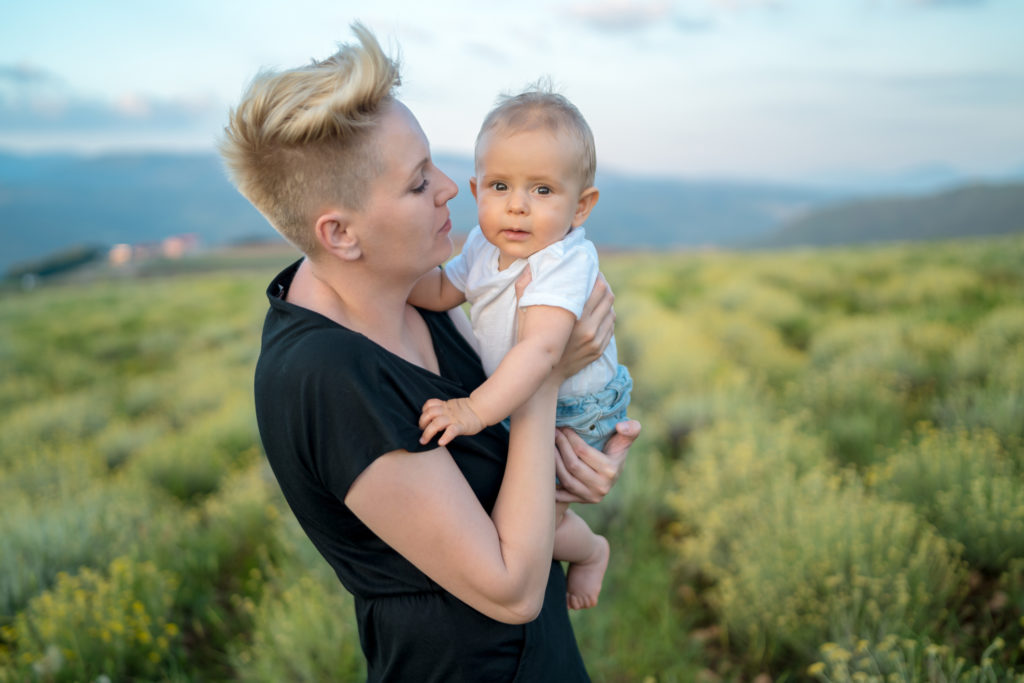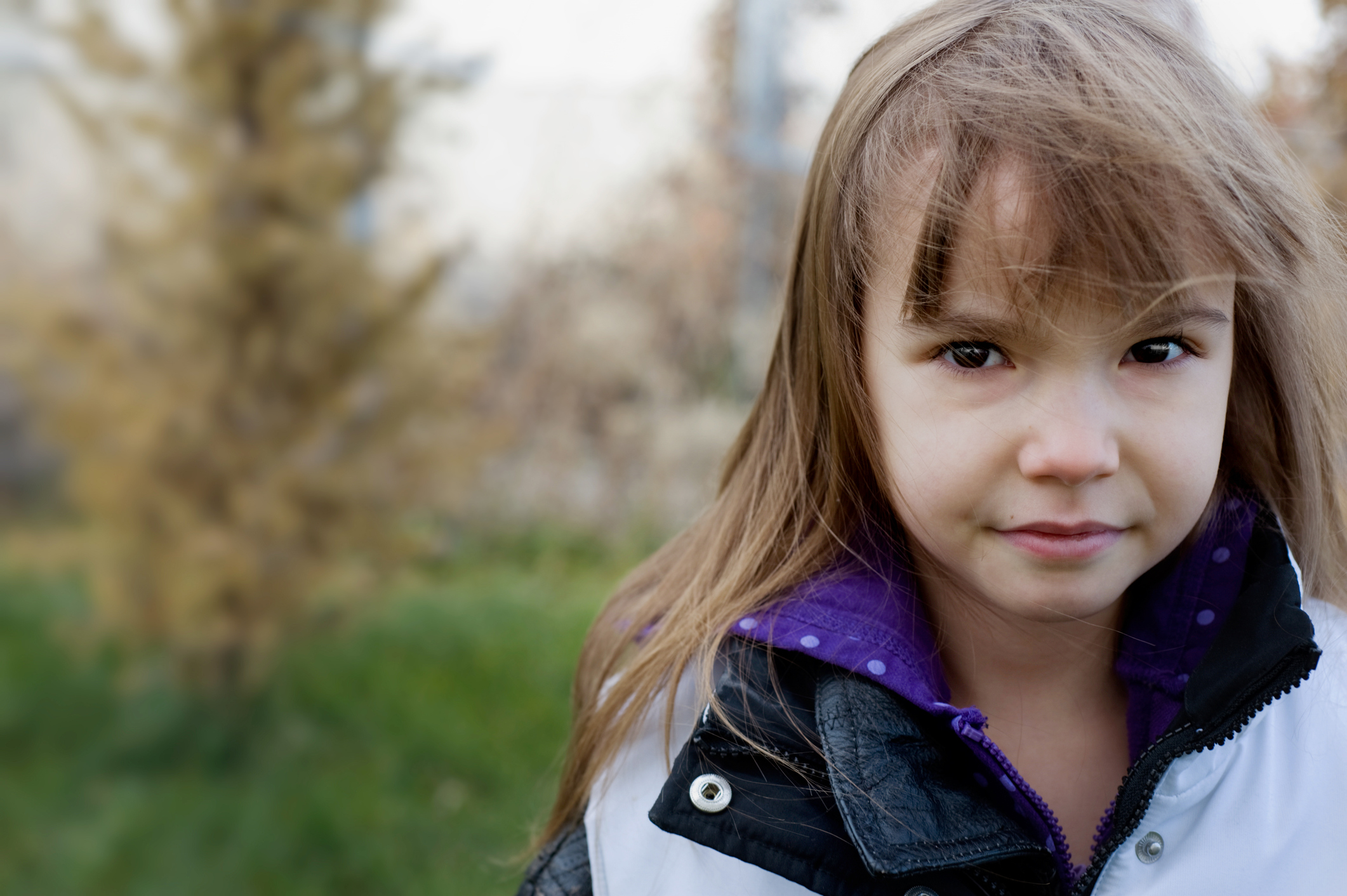Millions of Americans are isolating at home and practicing social distancing. While these practices are critical to combat the COVID-19 pandemic, they increase the risk for abuse, suicide, and child injuries at home. In rural America these risks could be greater.
Corinne Peek-Asa, Director of the University of Iowa Injury Prevention Research Center (UI IPRC) said, “The cascade of COVID-19 issues includes risk factors for injuries and violence, and these factors may be disproportionately increased in rural populations.”
Rural living is known for close-knit communities, but also for fewer community services such as healthcare clinics, domestic violence shelters, and mental healthcare services. Fast and reliable internet access is limited in some rural areas. Research has also shown that living alone or loneliness puts adults and adolescents at risk for suicide. In the U.S. suicide rates are higher in rural areas.
Rural populations are also at risk for intimate partner violence (physical, sexual, psychological abuse), but live further from help. A UI IPRC study found that more women in small rural and isolated areas of one community reported intimate partner violence (23% and 18% respectively) compared to 16% of urban women. Over 25% of rural women lived more than 40 miles to the closest domestic violence service (such as a shelter), compared to 1% of urban women.
Peek-Asa said, “It is important for all of us, whether we live in rural or urban areas, to stay in touch on the phone or virtually with our family, friends and neighbors. They may be at risk for suicide, intimate partner violence, or child maltreatment, and isolation is a risk for all of these.”

Laura Schwab-Reese is an alumna of the UI College of Public Health, a former UI IPRC doctoral student, and currently an assistant professor at Purdue University who studies family violence and community programs. She said there is almost always an increase in child maltreatment and more severe abuse during periods of heightened stress.
“Unfortunately, social distancing may prevent professionals and the extended social network from interacting with children, resulting in reduced reports to Child Protective Services (CPS),” she said. “We already see substantial decreases in reports to CPS in many states but increases in child abuse-related injuries and deaths in hospitals.”
Schwab-Reese’s recent study on text-based crisis services showed that crisis counselors can be a good support for victims and can make a report to CPS or help young people make a report.
She said, “The good news — there are several ways for kids to seek support right now. Crisis Text Line (text 741741) and Childhelp (text/call 1-800-422-4453) may be useful resources for isolated kids.”

Tracy Mehan, Director of Translational Research at the Center for Injury Research and Policy at Nationwide Children’s Hospital said many families are overwhelmed during COVID-19 and having everyone all in one space all the time can be challenging. Even more difficult, she said, is if one or both parents are needing to work from home, are managing the process of applying for unemployment, or working on small business loan applications while also trying to help children manage their schoolwork.
“This combination of stress and things competing for attention can lead to a situation where life at home isn’t the same as it usually is,” Mehan said. “Couple this with kids being bored because they can’t play with friends or go to the park or playground and the potential for child injuries can skyrocket.”
Mehan said it is important to double-check that cleaning supplies, medications, laundry packets, button batteries, and high-powered magnets are safely stored in locked cabinets.
“Also when the kids are outside, take some extra time to address risks like falls and drowning, and review the safety rules for recreational activities like riding bicycles or ATVs, she said.

In the U.S. death rates from burns and drownings are higher in rural areas. Having to travel longer distances for emergency care after a traumatic injury in a rural location can lead to more severe outcomes like disability or even death. Response times to emergency medical treatment can be longer as health systems deal with the COVID-19 crisis.
Driving on dangerous gravel roads is also common in rural areas. Seat belt use in rural areas is lower than in urban ones and deaths from motor vehicle crashes are higher in rural America.
In farm country, social isolation and financial worries due to market fluctuations put farmers at risk for suicide. In 2017, UI IPRC research found that suicide rates among U.S. farmers and agricultural workers is higher than any other occupation, and rates have remained high for decades. In a recent study by the UI Great Plains Center for Agricultural Health, as many as 45% of Midwestern farmers identified finances as a top mental health stressor.
Although much of the national focus has been on COVID-19 cases in major metropolitan areas, rural America is also affected. As of March 28, over 4,000 cases were reported in non-metropolitan counties in the U.S., and these cases are growing.
Published April 7, 2020
Resources for preventing injuries while staying at home: ATV safety, bathtub & shower safety, bicycle safety, burns & scalds, children staying home alone, laundry detergent packets, falls – children, falls – older adults, farm safety, fireplaces, furniture tip overs, lawn mower safety, nursery safety, poisoning prevention, pool safety, toy safety, window blinds, window falls
Additional links:
NY Times article: Doctors expect a hug spike in pediatric injuries at home
From the CDC: Stress and coping during COVID-19
From Child Trends: Resources for supporting children’s wellbeing during the COVID-19 Pandemic
National Suicide Prevention lifeline
Tracker: COVID-19 and Iowa’s State Correctional Population